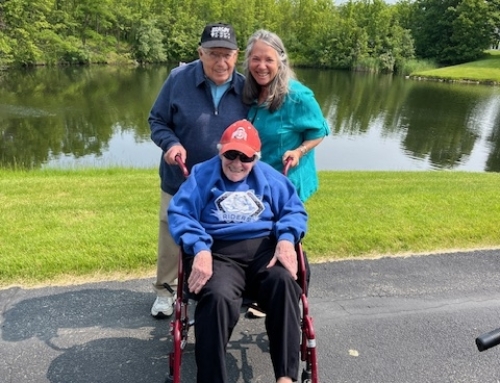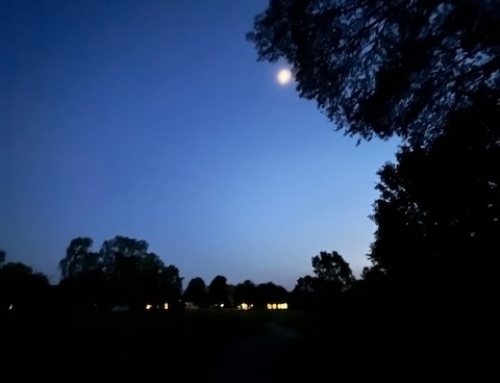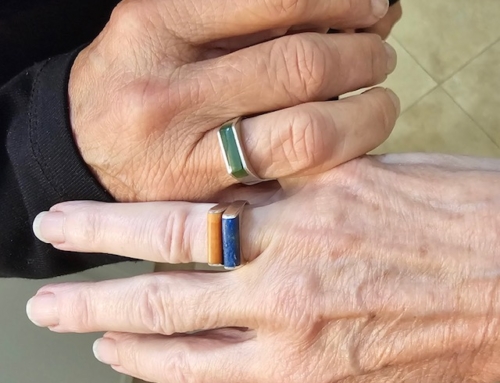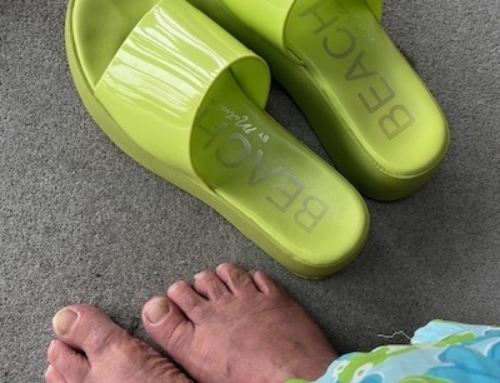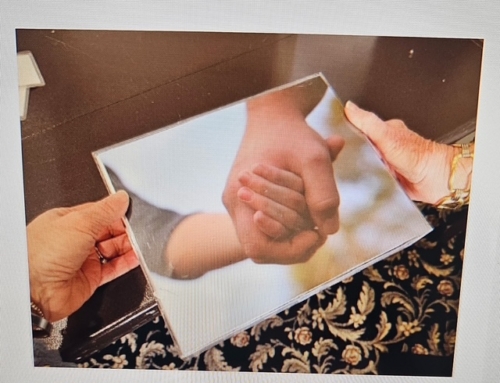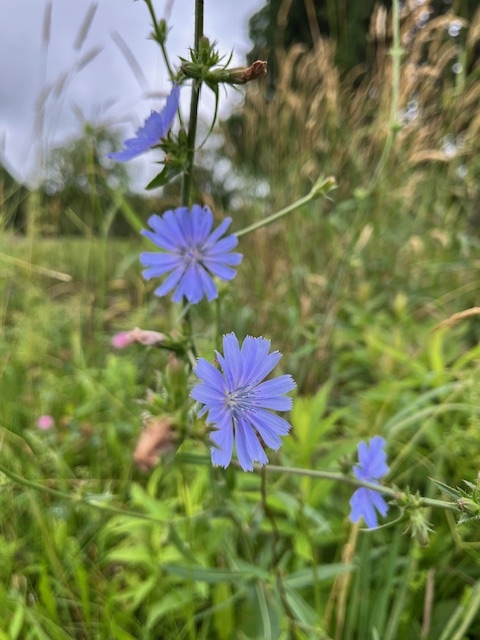
Good morning…
This week, we have been considering the three simple rules which will change our world. First we commit to “Do No Harm.” In practical ways, what might this look like? I just met a story that helps me understand more clearly the transformational love of God.
******
Transitions by Paula D’Arcy
In the 1990s, I heard author Frederick Buechner (1926–2022) tell a story from his time teaching at Exeter Academy. He described a late afternoon class where the young students were fidgeting and restless. Then, on impulse, he snapped off the classroom lights. As soon as it went dark, the entire sky outside the classroom windows blazed with a fiery sunset. Buechner remembered that for twenty minutes, no one moved or spoke. Afterward, he said that watching the sunset that afternoon was more important than anything else that happened that year. They had moved from the lesson plan and theories about life to life itself. They moved from imagining life to touching it directly, and for that moment they were bound together.
While attending an online global prayer gathering for peace in 2022, I listened to an aid worker tell a story that reminded me of the timeless moment that happened in Buechner’s classroom. She had witnessed something during the early days of the invasion of Ukraine, when the main square in Kiev had just been decimated. One Russian soldier found himself alone in the center of the square facing a crush of grief-stricken Ukrainians. The soldier was in his twenties and caught in a terrible place. The large group of Ukrainians continued to press forward until they formed a circle around him.
But then a Ukrainian woman stepped forward with great dignity, handed him a bowl of soup, and urged him to eat because he must be hungry. The young boy received her offering, gratefully tipped the bowl to his lips, and drank. When the bowl was emptied, a second woman stepped forward, held out her cell phone, and urged the soldier to call his mother because she must be worried sick, wondering if he was alive.
It’s impossible to know what was rising up in those two Ukrainian women that day, or what transitions might have long preceded that circle in the square. But something of great beauty suddenly blossomed and was expressed. They stood knee deep in rubble that afternoon, the destruction of their city happening at the hands of an army to which this soldier belonged. The grief and pain in life usually seek a swift punishment, not an unreasonable act of love. Acts, adding, adding to, adding more. No one spoke as the bowl of soup was offered within that small circle and bound them together.
******
As we flesh out the guidance of our summertime read, Three Simple Rules: A Wesleyan Way of Living by Rueben P. Job, we focus on the first rule “Do no harm.” Then we broaden into onto the second rule: “Do good.” Buechner’s experience blending with Paula’s story of brings to life our first two rules.
We are confident that God is able to orchestrate everything to work toward something good and beautiful when we love Him and accept His invitation to live according to His plan (Romans 8:28, VOICE). So, let’s move from the lesson plan and theories about life to life itself, from imagining life to touching it directly. Silently admiring a fiery sunset and acting with generosity amid the grief and pain of life, we commit to “Do good.” Every day, each of us are invited to add, add to, and add more love.
With God, we are forever bound together.
…Sue…

